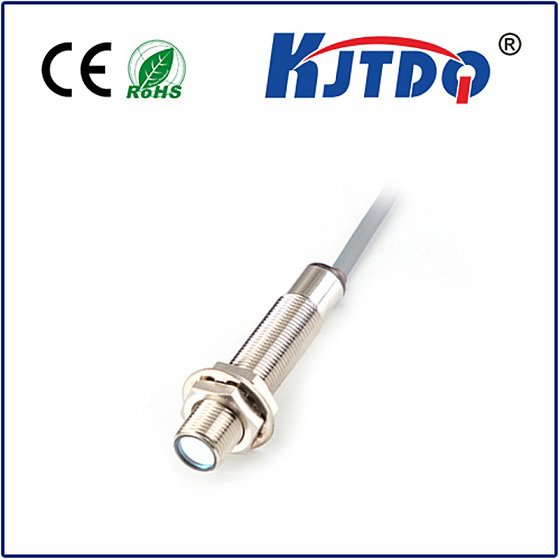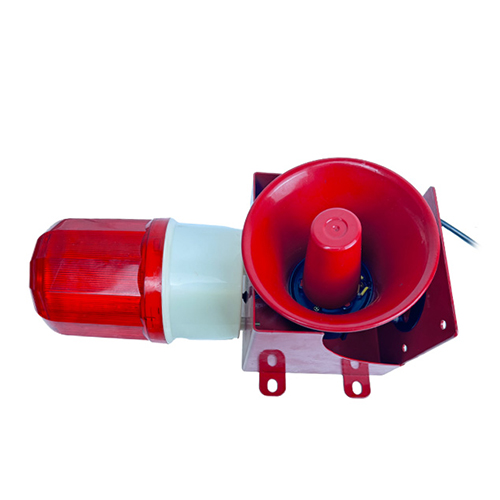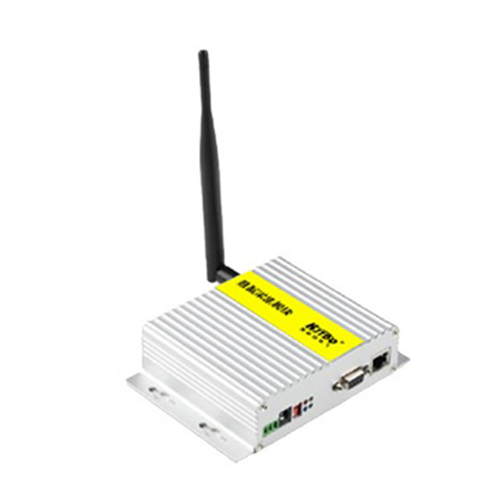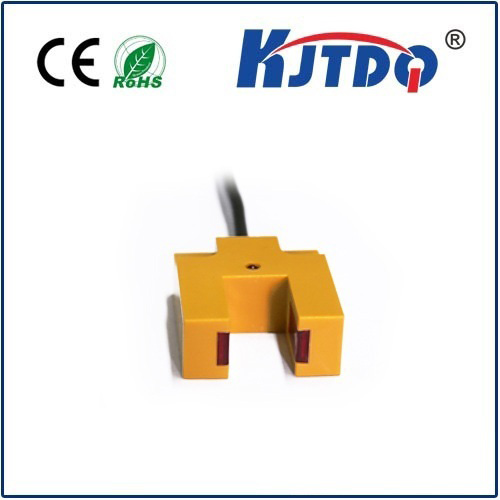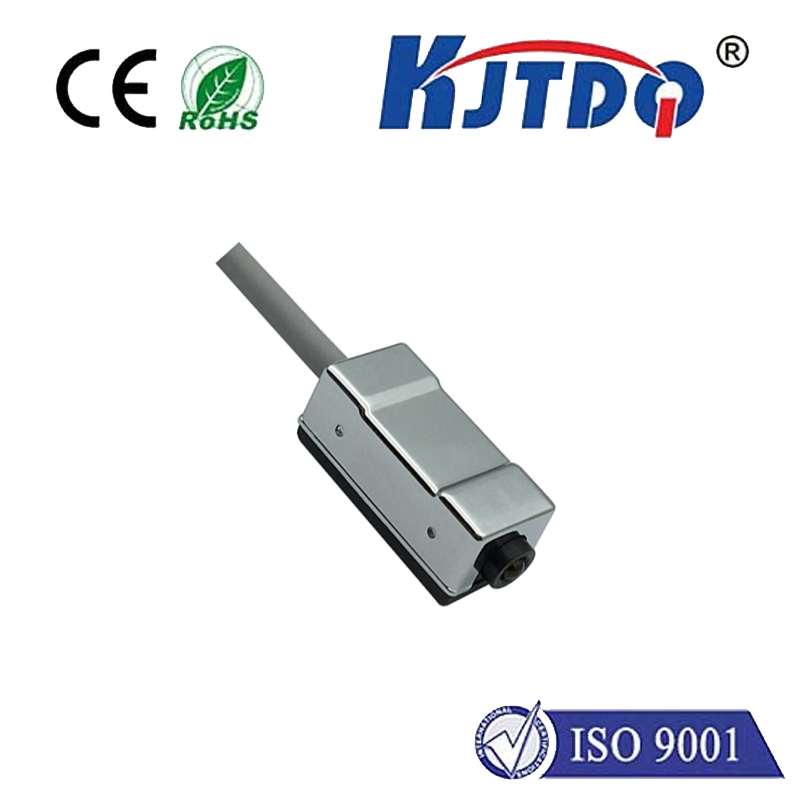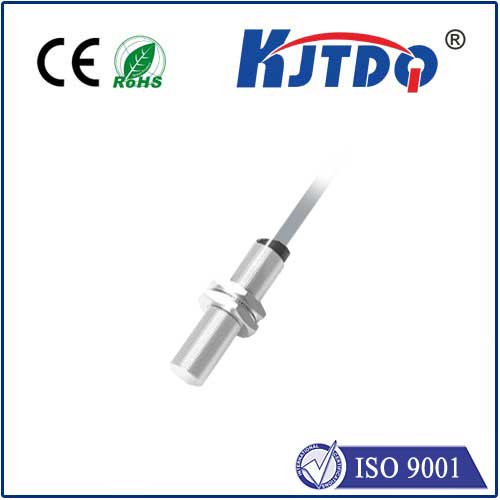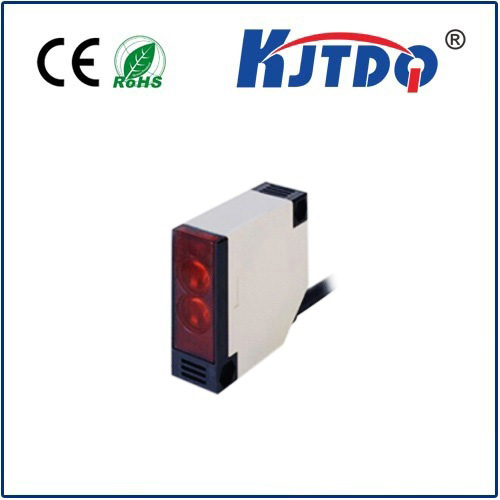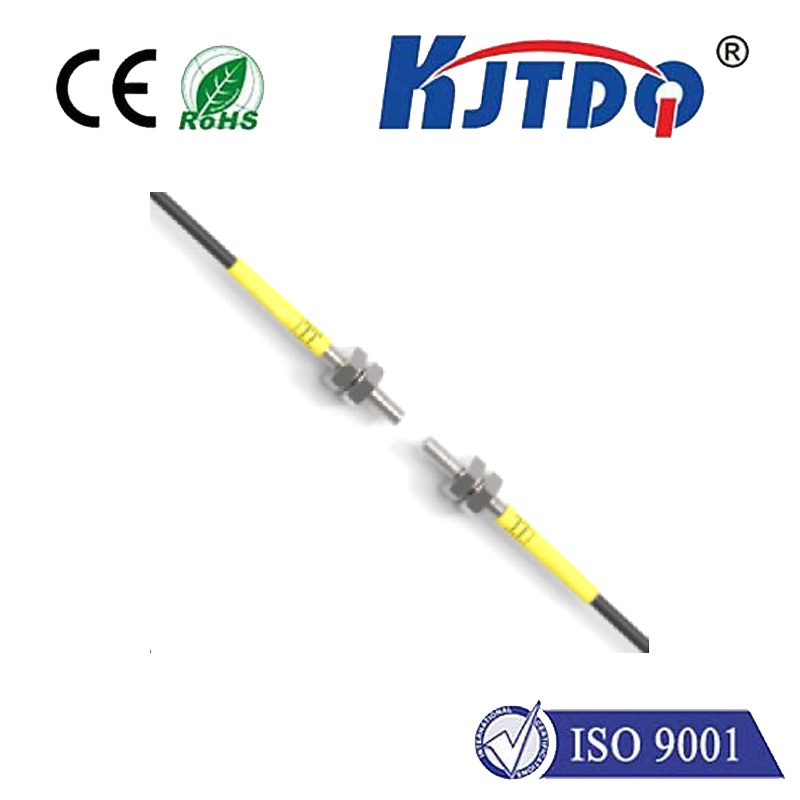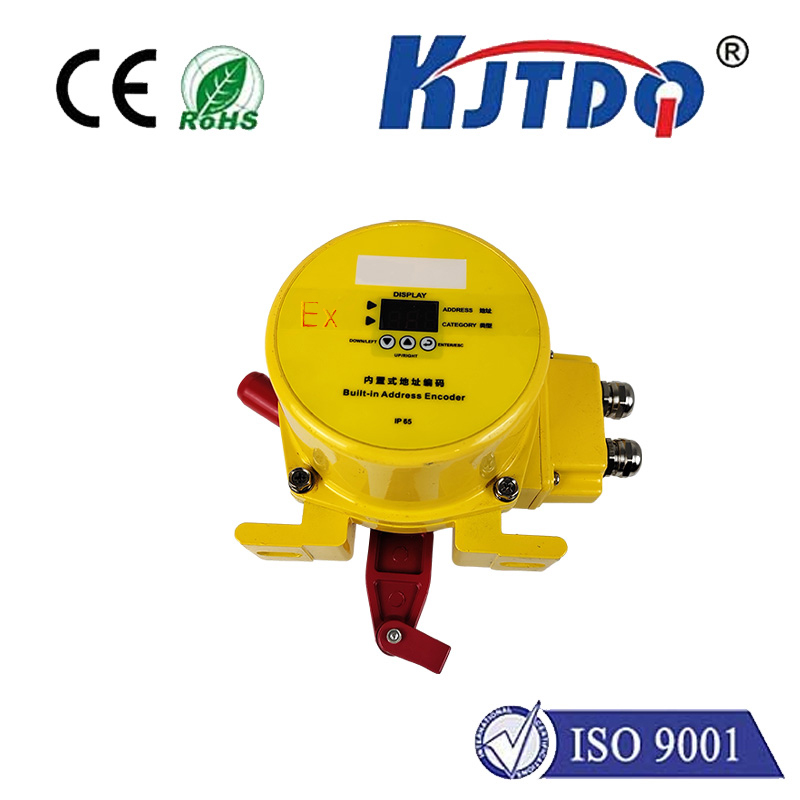

check

check

check

check
In a world where automation demands both increasing precision and space efficiency, finding the right sensor can be a challenge. Smaller machinery, tighter packaging lines, and intricate robotic arms all require components that don’t compromise capability for size. Enter Omron’s E3FA-DP25-F2 Photoelectric Sensor – a testament to how compact design delivers robust performance in the most demanding sensing tasks.
This specific model, the E3FA-DP25-F2, falls within Omron’s reputable E3FA series, known for its reliability and versatility in industrial applications. What truly sets this variant apart is its exceptionally small form factor, coupled with a powerful through-beam detection method, making it an ideal solution for applications where space is at a premium, yet dependable object detection is non-negotiable.
Unpacking the Small Package, Big Performance
At its core, the E3FA-DP25-F2 is a through-beam (opposed mode) photoelectric sensor. This means it consists of two separate units: a transmitter and a receiver. The transmitter emits a focused beam of light, which is then detected by the receiver positioned directly opposite it. An object is sensed when it interrupts this light beam between the two units. This detection principle offers significant advantages, including very long sensing ranges and high immunity to object color, surface finish, or reflectivity. If the beam is broken, the sensor triggers – it’s inherently reliable.

Where the E3FA-DP25-F2 Small Photoelectric Sensor Shines
The combination of its miniature size and robust through-beam performance makes the E3FA-DP25-F2 exceptionally well-suited for numerous applications:
Overcoming Space Constraints Without Sacrifice
The brilliance of the E3FA-DP25-F2 lies in its ability to solve a common industrial dilemma: the need for high-reliability sensing in severely restricted spaces. Prior to such compact through-beam options, engineers might have been forced to compromise by using less reliable diffuse sensors, attempting awkward installations with larger units, or redesigning machinery sections – all costly and inefficient solutions. This small photoelectric sensor effectively eliminates that compromise.
Its IP67 rating ensures that its small size doesn’t equate to fragility. It maintains operational integrity in environments prone to dust accumulation or occasional splashes, which are often found in the very locations where space is tight (e.g., near moving mechanisms or under conveyors).
Integration Made Easier
The wide 10-30 V DC operating range significantly simplifies wiring and power supply selection. Designers don’t need to specify a unique voltage; standard industrial DC supplies work perfectly. While alignment is always critical for through-beam sensors, the compact size of the E3FA-DP25-F2 unit often makes mounting and fine-tuning alignment more manageable within cramped quarters compared to bulkier alternatives. Look for models featuring a stable red light indicator for optimal alignment verification – a crucial feature for ensuring long-term reliability after installation.
When the challenge involves detecting objects reliably within the tiniest of spaces and often harsh industrial environments, the Omron E3FA-DP25-F2 Photoelectric Sensor emerges as a compelling solution. Its compact dimensions, robust through-beam detection, environmental resilience (IP67), and operational flexibility make it more than just a small sensor; it’s an enabler of smarter, denser, and more efficient automation. By fitting powerful sensing into miniature packages like the E3FA-DP25-F2, engineers gain new freedom to innovate and optimize machine design, pushing the boundaries of what’s possible on the factory floor.
